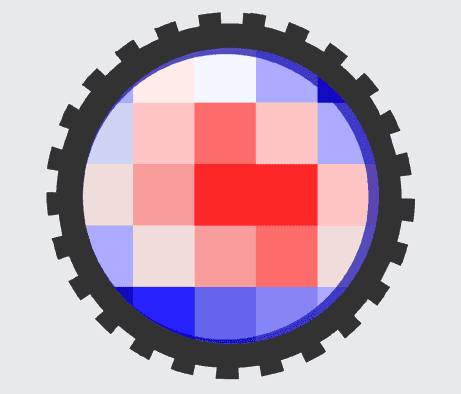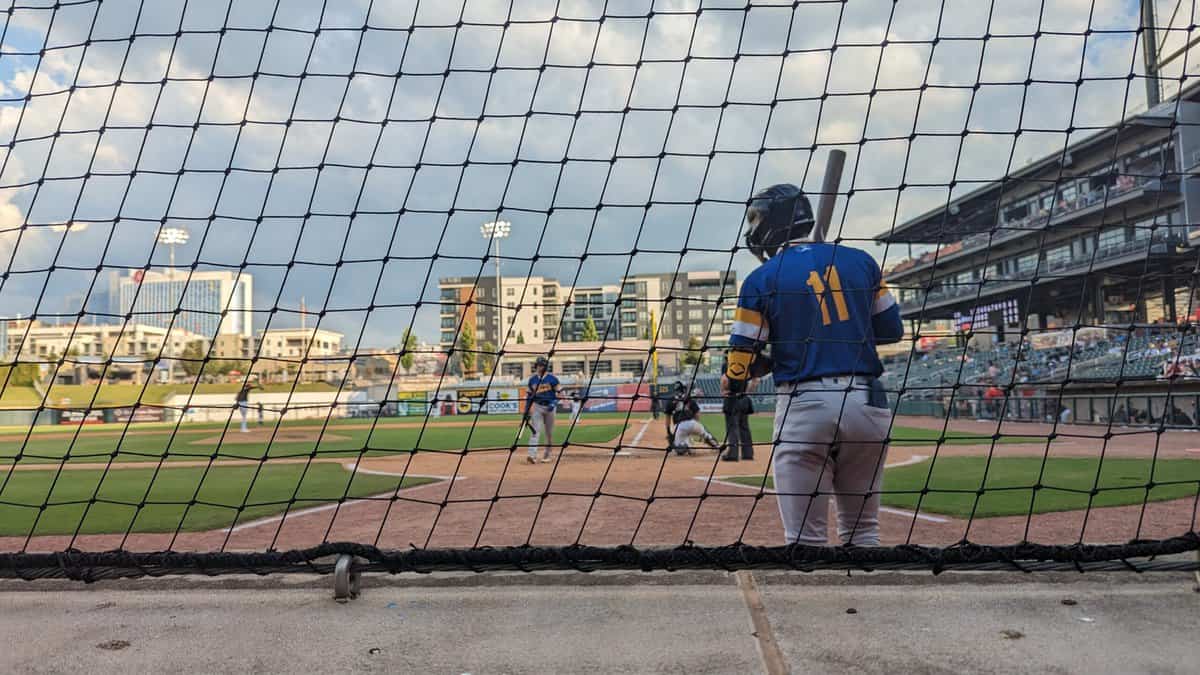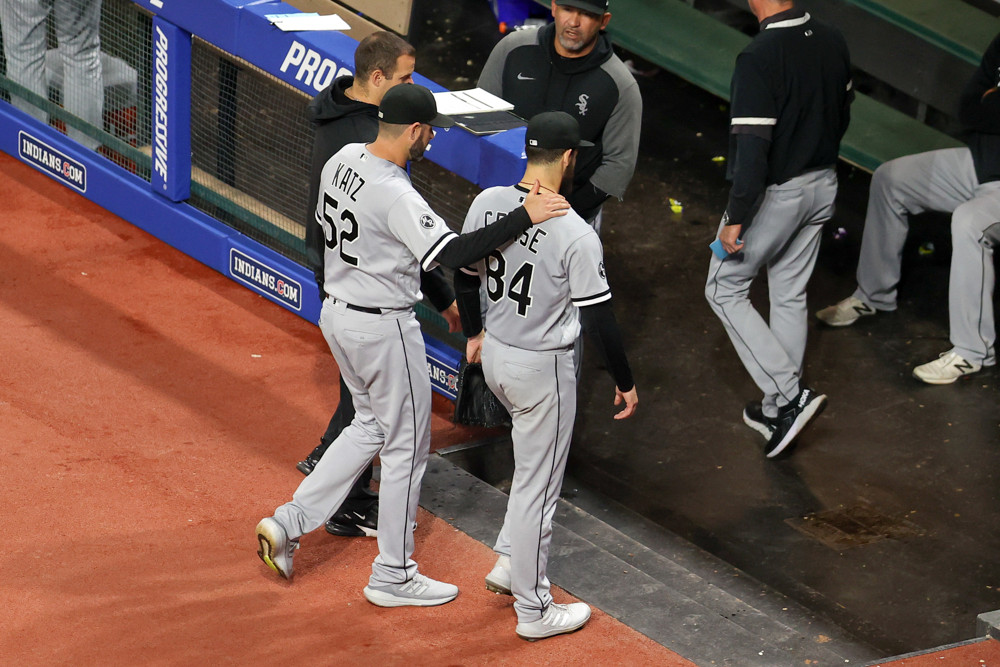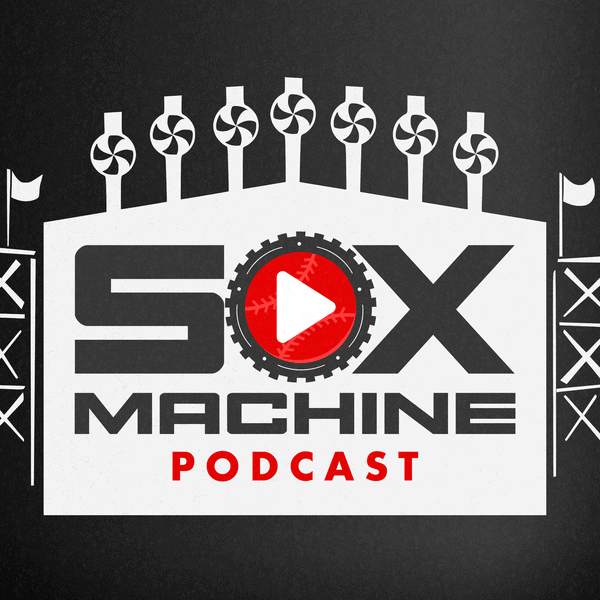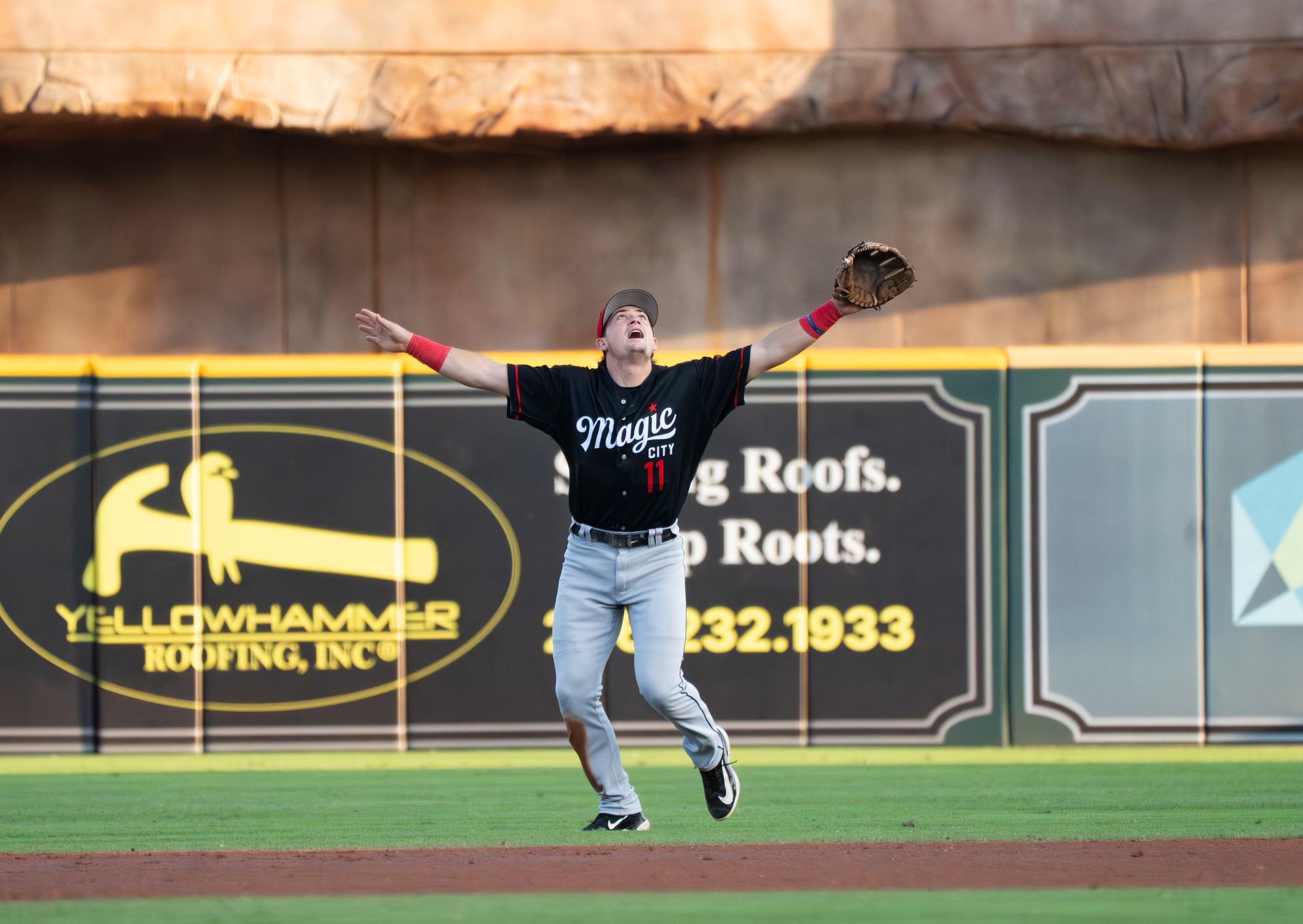Writing the Tampa Bay Rays preview every year is a weird combination of dull and exciting. Few Rays players jump off the page. Most of them on their own aren't really all that interesting; they just happen to be a particularly useful fit for their team and roster. What is always fascinating about Tampa Bay is the way that they do business. No team does more to get out in front of emerging trends to get a leg up on their opponents, and perhaps no other team has to. This offseason, there has been much made of the fact that the Rays have seemingly been dumping salaries left and right in an effort to tank and (more importantly) to save money. What one might not realize given the Rays' offloading of Steven Souza, Jake Odorizzi, Corey Dickerson, and franchise cornerstone Evan Longoria is that the 2018 Rays still have close to the highest payroll that ownership has ever allowed. They aren't attempting to tank or slash their total payroll as much as trying to solve an ongoing, evolving puzzle, one iteration at a time.
That puzzle is one of how to remain competitive while spending less than $80 million annually within the construct of the current collective bargaining agreement. Longoria's currently worth what he's being paid, but it's easy to see where his contract could become a more substantial difficulty for Tampa Bay than it would in a different city a few years down the road. Other trades and signings made by the Rays were carried out with the intent of cutting costs while maintaining the team's quality. The players they traded away were assets that were projected to generate surplus value, but they decided that they could allocate their limited resources even more efficiently while still snagging some future pieces in the meantime. The Rays aren't the Marlins; there's real baseball reasons for what they do, and typically good ones at that.
Take the offloading of Odorizzi, for instance. He's a serviceable starter being paid less than what he'd theoretically be worth on the open market, but he was also essentially tied with Chris Archer as Tampa Bay's highest paid pitcher. Given the pitchers the Rays had at their disposal, that was $6.3 million that could be more effectively allocated elsewhere. Archer, a hard-throwing fastball/slider pitcher with great movement, leads the rotation as a legitimate ace. 25-year-old Blake Snell has emerged as a midrotation starter with upside that he could realize if he can learn to cut the walks and work deeper into games. Jacob Faria and his deadly changeup burst onto the scene from off the top prospect radar last season to give the Rays a surprise above-average pitcher.
The Rays also hold a cheap option on gas-pumping Nathan Eovaldi, who underwent Tommy John surgery last year. Eovaldi's strikeout numbers have always lagged behind what you'd expect for someone with his velocity, but he's still an average-ish pitcher on a per-start basis, albeit one with a challenging injury history. In lieu of using a fifth starter, Kevin Cash had planned on opting for a four-man rotation and hoping to use the bullpen to carry them through games in which no starters are on regular rest. A wrench was thrown into that plan when Eovaldi had to undergo elbow surgery, knocking him out for the first half. Now, they're trying to take advantage of the lack of necessity for a fifth starter and just throwing Archer, Snell, and Faria while implementing a "bullpen day" to complete their four-man rotation. Tampa Bay has a history of shuttling relievers with options back-and-forth from Triple-A, but having only three fixed starters will likely test the limits of their radical experiment.
The position-player side of the equation is also filled with question marks. Stellar defender and good all-around hitter Kevin Kiermaier still patrols center field, but there's few other givens on the Rays' roster (and Kiermaier himself spends a higher-than-desired amount of time on the disabled list). The Rays inked Carlos Gomez to flank Kiermaier, taking advantage of the depressed free agent market. Gomez reverted to being a league-average bat last season and his glove is still a plus in a corner, but he remains a complete tool. Mallex Smith has great range for a left fielder but his bat is far too light to be considered an inspiring option. Denard Span, who was acquired as salary fodder in the Longoria deal, can hit a little better than Smith but his defense has deteriorated to the point where he probably shouldn't supplant him in left all that much.
In the infield, Brad Miller's power mysteriously disappeared last year; he's splitting time at first with newly acquired C.J. Cron. The two form a lefty-righty platoon that isn't particularly good at hitting opposite-handed pitchers. Wilson Ramos recovered from his ACL tear last season and has taken over regular duties behind the plate again, but the pnoles favorite didn't seem to regain his plus bat or framing ability in a small sample last season. Adeiny Hechavarria is your classic great-glove no-bat shortstop. He looks similar to peak Alcides Escobar, which is...something, I guess? Third baseman Matt Duffy missed last season with an Achilles injury. Prior to the injury, Duffy had something of a light bat but could really pick it at the hot corner and even cover short in a pinch. On the other side of his surgeries, he seems like a wild card with limited upside. Much of the Rays' offense has scuffled thus far this year; perhaps the two best producers have been the members of the second base platoon, Joey Wendle and Daniel Robertson. Given that neither guy is considered a power bat, that's problematic.
*****
It seems like a patchwork roster, but most projection systems indicated that the Rays had a reasonable chance at seeing postseason baseball in 2018. That illusion has likely been shattered by the undertow of a 1-8 start, which has dragged Tampa Bay to the depths of the standings. The Rays' 25-man roster didn't have much margin for error and that also goes for the team-building approach that's been forced upon the front office. The primary goal of the Rays is to develop a crop of cheap pre-arbitration talent that matures at the same time and can give the team something that can compete without significant external acquisitions, which is extremely difficult to do. Fortunately, the state of the Rays' farm system is quite healthy, as they own five of the top 75 or so prospects in baseball (if you count Brent Honeywell and his torn UCL). Tampa Bay won't be on the cusp of returning to their 2008 glory anytime soon, but they can certainly still be annoying in the AL East. Given how few competitive advantages the Rays have besides their own smarts, that's an accomplishment in of itself.
Probable Starting Pitchers
- Monday, April 9: Miguel Gonzalez vs. Chris Archer
- Tuesday, April 10: Carson Fulmer vs. Blake Snell
- Wednesday, April 11: James Shields vs. TBD -- Cash will probably text Rick Renteria who it is after Tuesday's game.
Probable Starting Lineup
- Denard Span - DH
- Kevin Kiermaier - CF
- Carlos Gomez - RF
- Brad Miller - 1B
- Matt Duffy - 3B
- Joey Wendle - 2B
- Wilson Ramos - C
- Mallex Smith - LF
- Adeiny Hechavarria - SS
Pitching
- SP1: Chris Archer - RHP
- SP2: Blake Snell - LHP
- SP3: Jacob Faria - RHP
- SP4: Bullpen Yo-yo - ?HP
- SP5: Apply at https://www.mlb.com/rays
- CL: Alex Colome - RHP
- RP1: Austin Pruitt - RHP
- RP2: Sergio Romo - RHP
- RP3: Jose Alvarado - LHP
